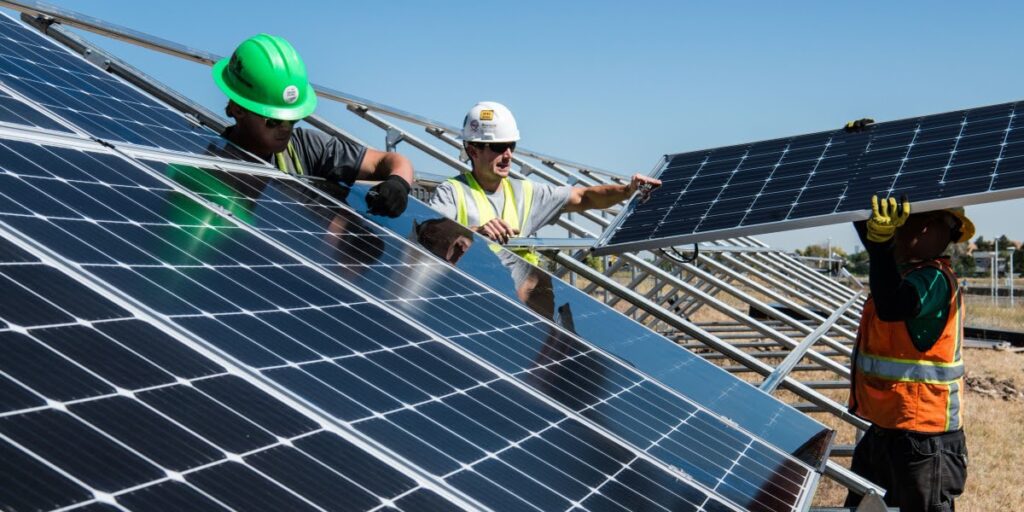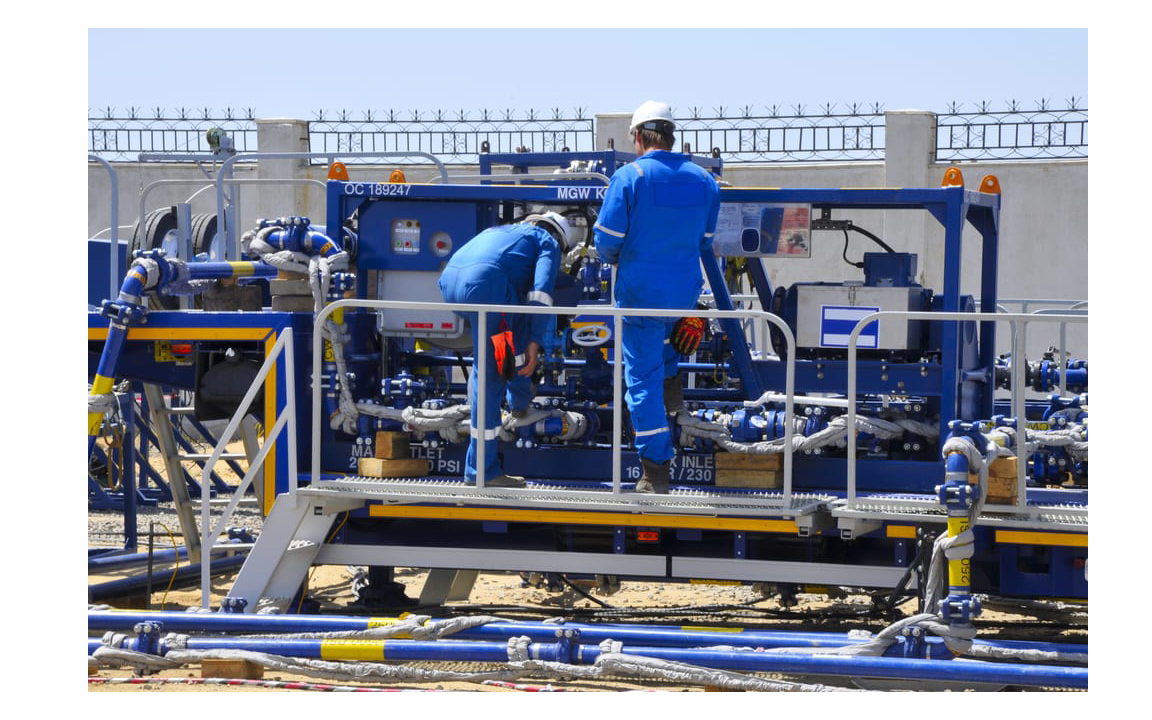
Detailed Energy Audit
A detailed energy audit systematically examines energy flows in a building or system to identify opportunities for energy efficiency improvements. It involves collecting and analyzing data on energy usage, inspecting equipment and systems, and assessing operational practices. The audit identifies energy-saving measures, estimates potential savings, and provides cost-benefit analyses. Key components include benchmarking, detailed analysis of energy consumption patterns, identification of inefficiencies, and recommendations for upgrades or behavioral changes to reduce energy use and costs while enhancing sustainability.
Enquire NowMandatory Energy Audit (MEA)
A Mandatory Energy Audit (MEA) is a regulatory requirement for organizations to assess their energy consumption and identify opportunities for efficiency improvements. It involves a comprehensive analysis of energy usage, typically performed by certified professionals. The audit aims to uncover inefficiencies, recommend corrective actions, and ensure compliance with energy regulations. MEAs help organizations reduce energy costs, enhance sustainability, and contribute to national energy conservation goals.
Enquire Now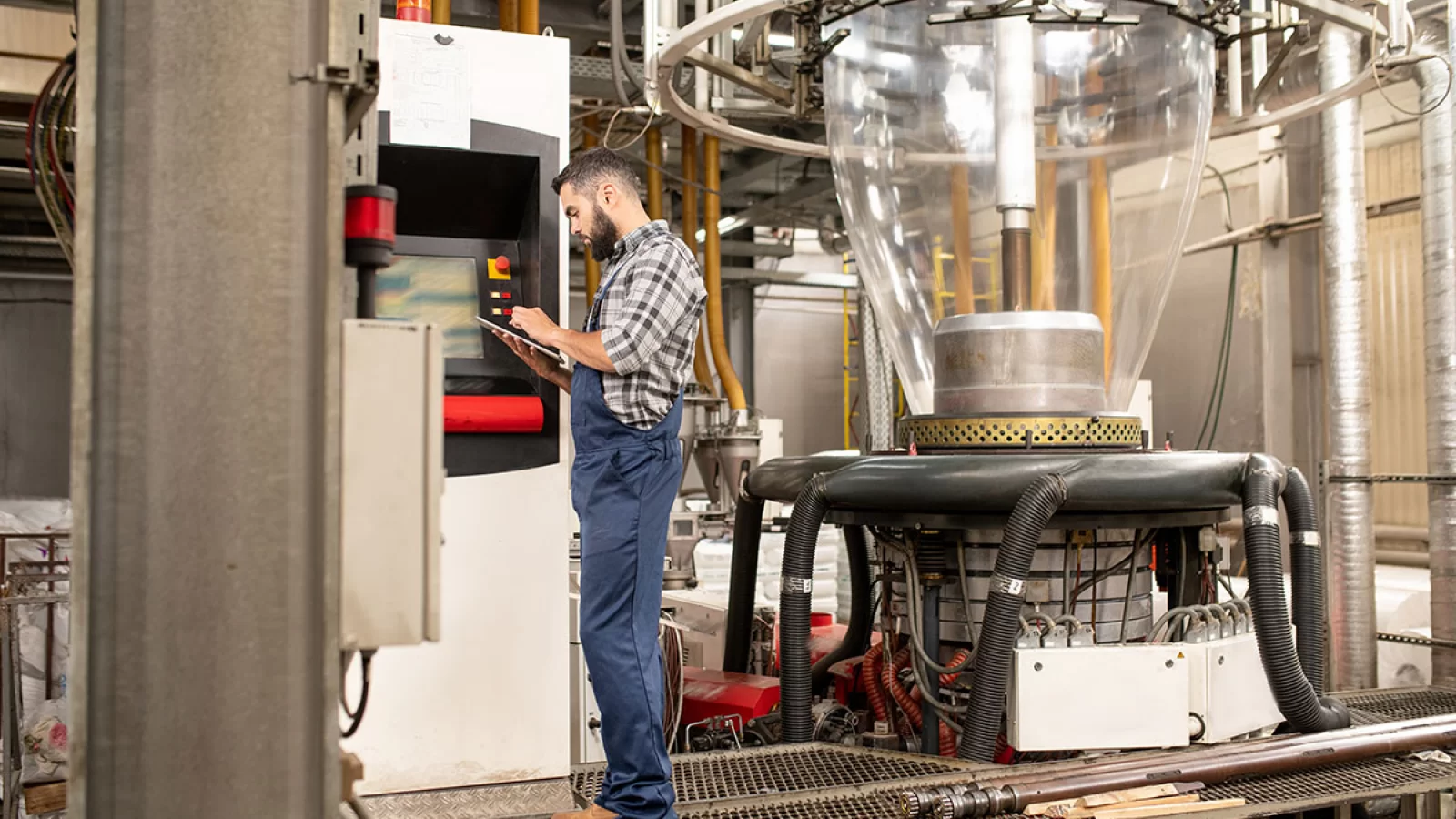
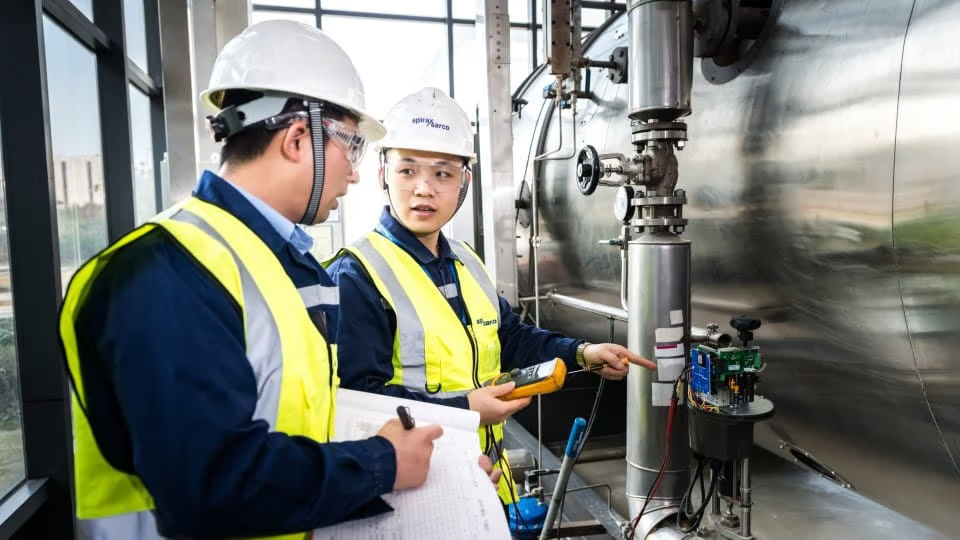
Steam Distribution Audit
A Steam Distribution Audit evaluates the efficiency and performance of a steam system. It involves inspecting steam traps, pipelines, and insulation for leaks, blockages, and heat losses. The audit identifies areas for improvement, such as repairing leaks, enhancing insulation, and optimizing pressure settings. By addressing these issues, the audit helps improve energy efficiency, reduce operational costs, and enhance the reliability and safety of the steam distribution network.
Enquire NowPower Quality Audit
A Power Quality Audit assesses the electrical system's performance to identify issues affecting power quality, such as voltage sags, surges, harmonic distortion, and imbalances. It involves monitoring and analyzing electrical parameters using specialized equipment. The audit aims to diagnose problems, recommend corrective actions, and ensure compliance with standards. Improved power quality enhances equipment reliability, reduces downtime, and increases energy efficiency, ultimately lowering operational costs and extending equipment lifespan.
Enquire Now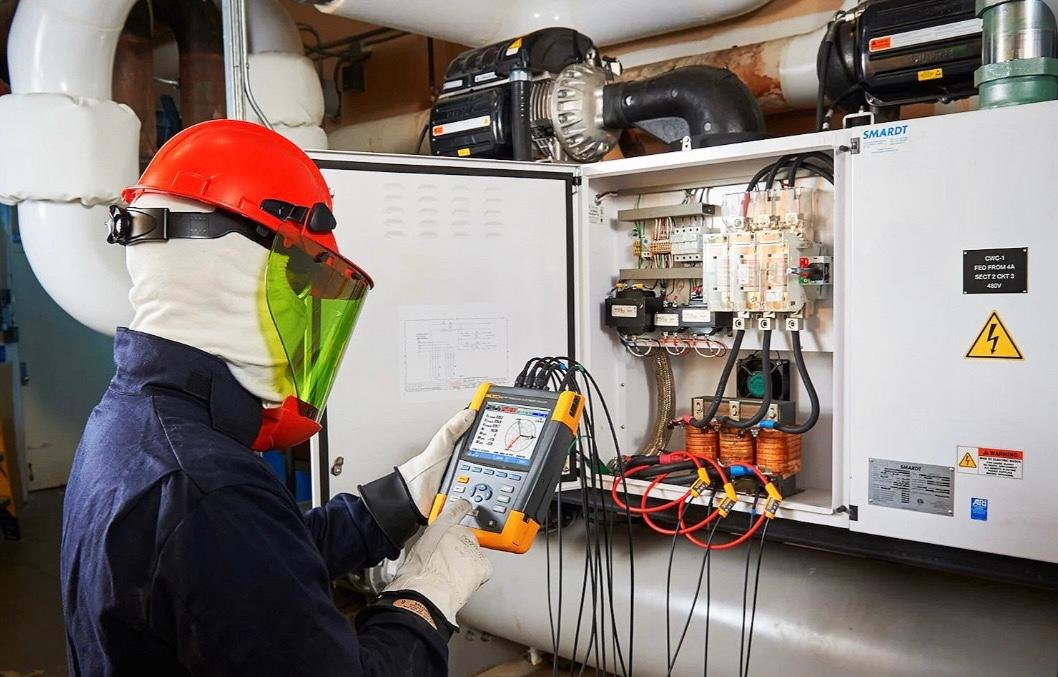
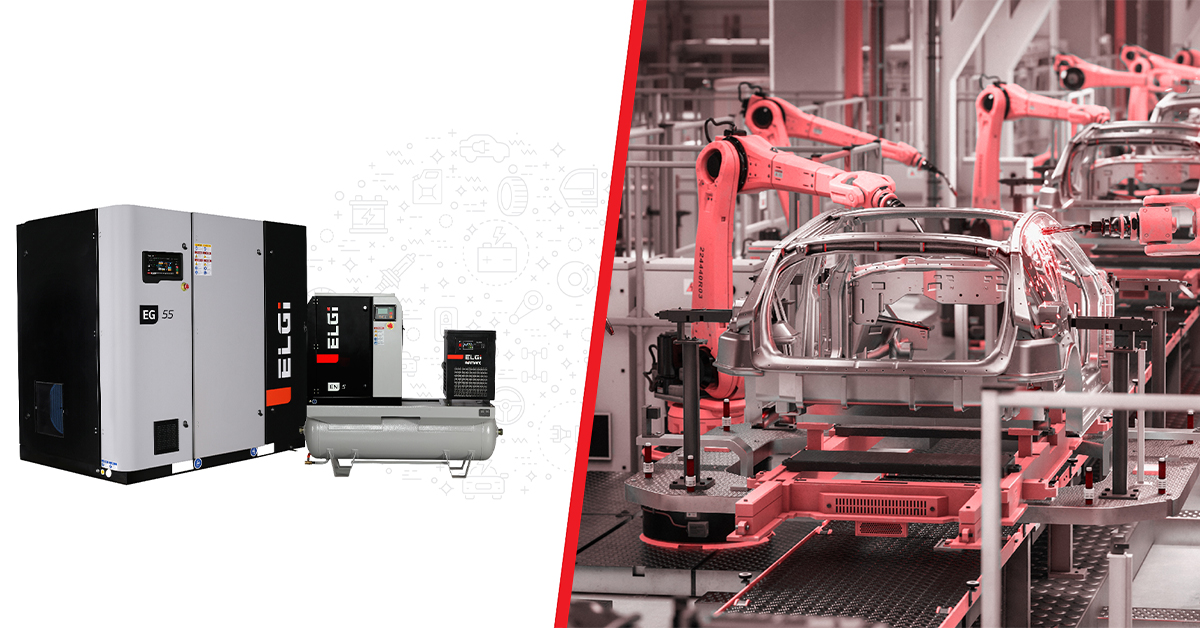
Compressed Air Audit
A Compressed Air Audit evaluates the efficiency and performance of a compressed air system. It involves inspecting the system for leaks, analyzing air usage patterns, and assessing the condition of compressors, dryers, filters, and piping. The audit identifies inefficiencies, such as air leaks, pressure drops, and inappropriate use of compressed air. Recommendations may include repairing leaks, optimizing pressure settings, and upgrading equipment. Implementing these improvements can reduce energy consumption, lower operational costs, and enhance system reliability.
Enquire NowThermography
Thermography is a diagnostic technique that uses infrared imaging to detect heat patterns and temperature variations. It's commonly used in building inspections, electrical system assessments, and mechanical evaluations to identify issues like insulation defects, electrical faults, and equipment overheating. This non-invasive method enhances maintenance efficiency and prevents potential failures.
Enquire Now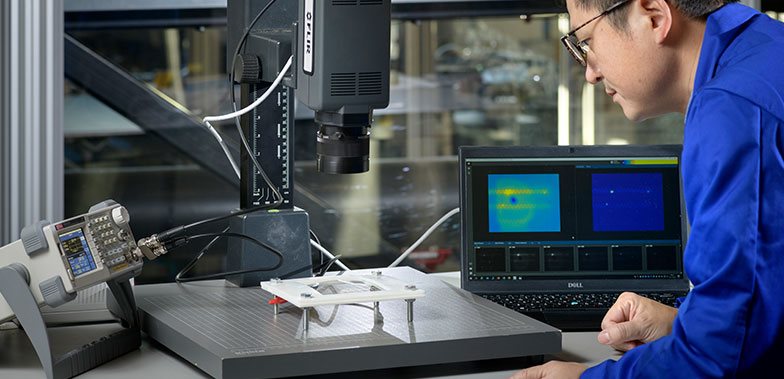
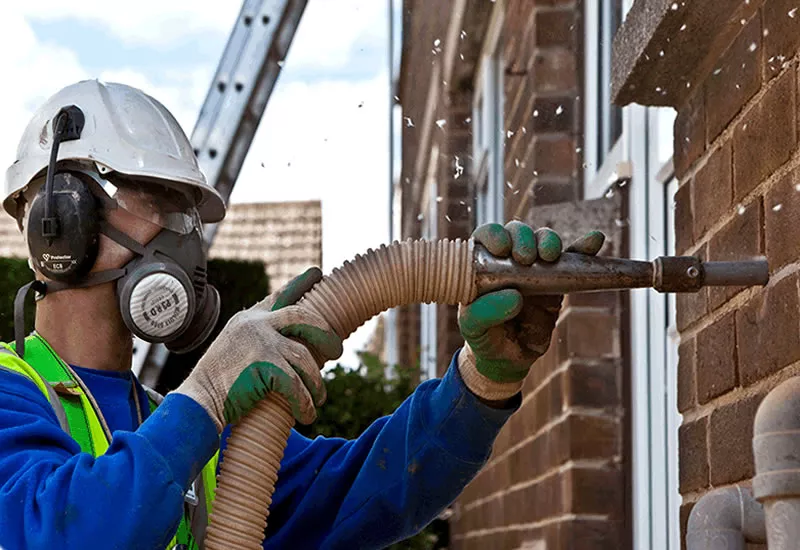
Insulation Survey
An insulation survey assesses the effectiveness of insulation materials in a building or structure. It involves inspecting insulation layers for damage, deterioration, or improper installation. The survey identifies areas with inadequate insulation, thermal bridging, or air leakage. Recommendations may include adding or replacing insulation to improve energy efficiency, reduce heating and cooling costs, and enhance indoor comfort while ensuring compliance with building codes and standards.
Enquire NowAdvisory Services for Requirements under PAT
Advisory services for requirements under Perform, Achieve, and Trade (PAT) assist industries in complying with energy efficiency mandates. These services provide guidance on energy conservation measures, technical assessments, and compliance strategies tailored to specific industry sectors. They aim to help organizations achieve energy savings targets, optimize resource utilization, and participate effectively in the emissions trading market, fostering sustainable industrial practices.
Enquire Now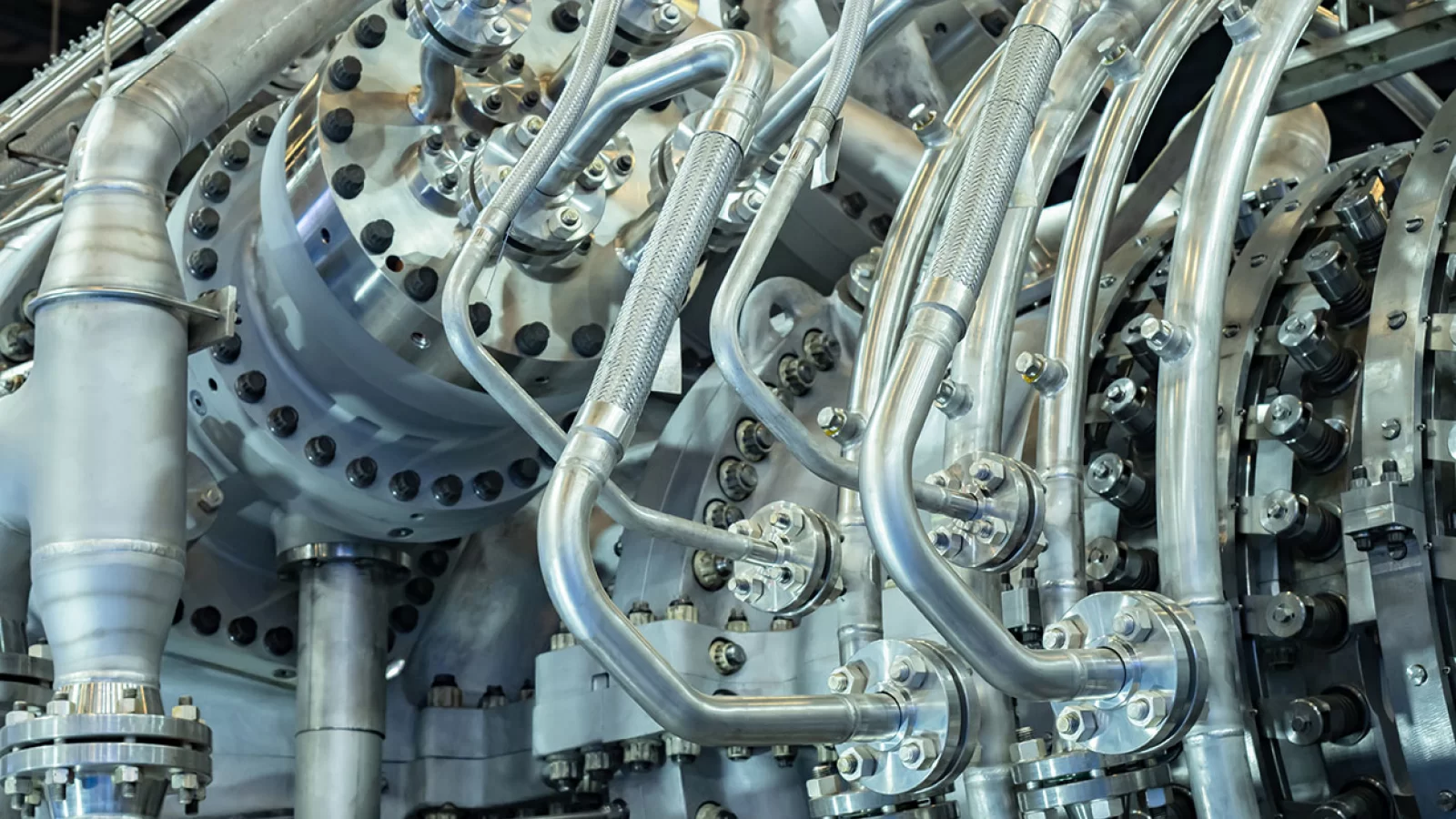
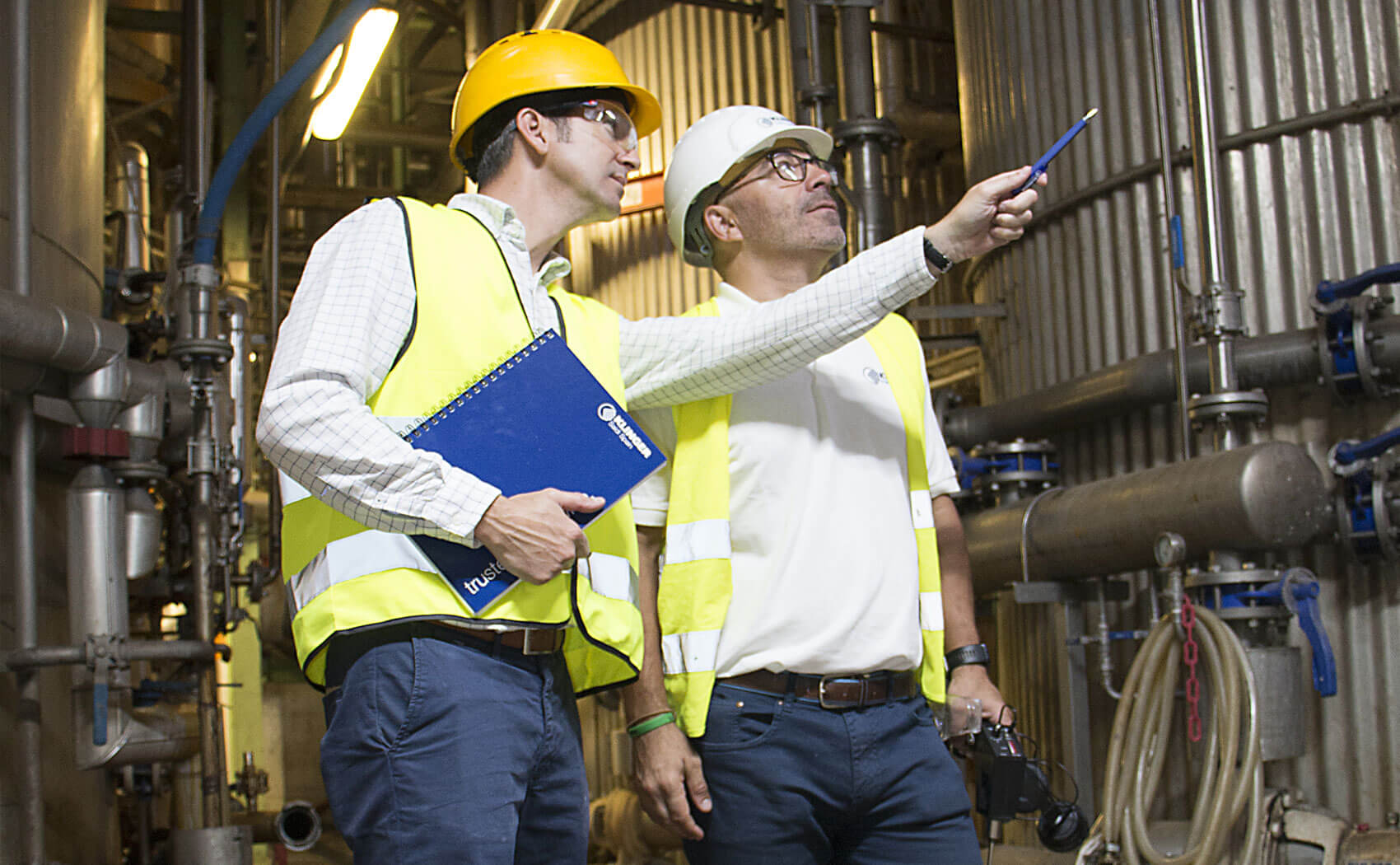
Walk Through Audit
A Walk-Through Audit is a preliminary assessment of a facility's energy usage and efficiency conducted by trained professionals. It involves visually inspecting equipment, systems, and operational practices to identify low-cost or no-cost energy-saving opportunities. While less detailed than comprehensive audits, Walk-Through Audits provide quick insights into energy usage patterns and potential areas for improvement, laying the groundwork for further energy management efforts.
Enquire NowEquipment Performance Study
An Equipment Performance Study evaluates the operational efficiency and effectiveness of specific machinery or systems within an organization. It involves monitoring and analysing performance metrics such as output, energy consumption, downtime, and maintenance requirements. By assessing equipment performance, organizations can identify opportunities to optimize productivity, reduce energy consumption, minimize maintenance costs, and enhance overall operational efficiency, leading to improved profitability and competitiveness.
Enquire Now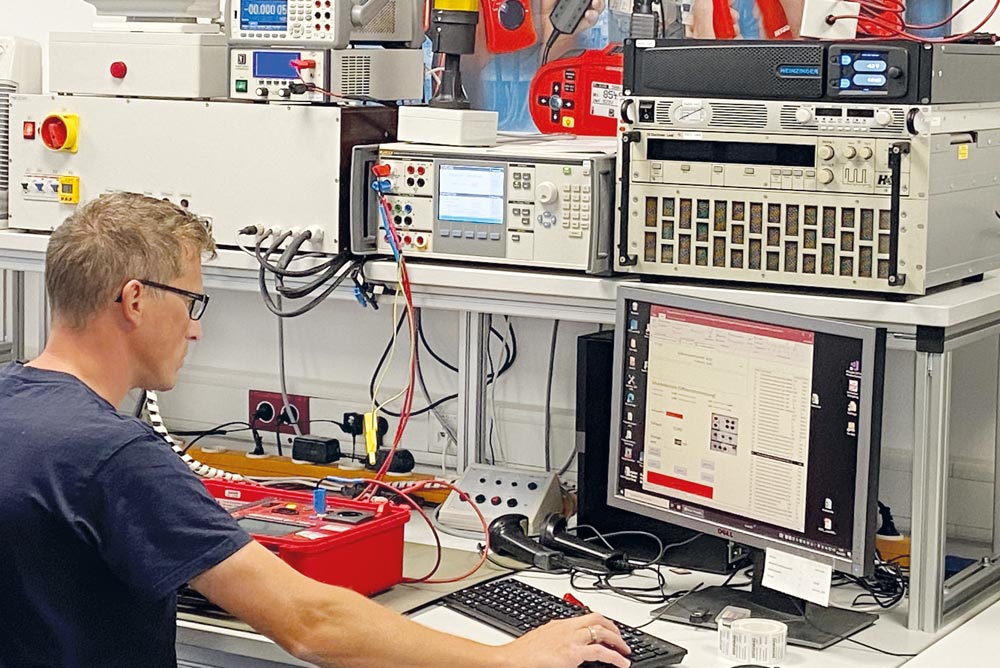
.jpg)
Measurement & Verification (M&V)
Measurement & Verification (M&V) is a systematic process to assess the performance and effectiveness of energy conservation measures (ECMs) or renewable energy projects. It involves collecting and analyzing data before and after implementation to quantify energy savings or generation accurately. M&V ensures the credibility of energy-saving claims, supports project financing, and enables continuous improvement in energy management strategies, promoting sustainability and cost savings.
Enquire NowGreen Audit
A Green Audit is an evaluation process that assesses the environmental impact and sustainability practices of an organization, building, or operation. It examines factors such as energy usage, water consumption, waste generation, and carbon footprint. Through analysis and recommendations, Green Audits help identify opportunities for reducing environmental harm, improving resource efficiency, and adopting eco-friendly practices to enhance sustainability and mitigate climate change effects.
Enquire Now